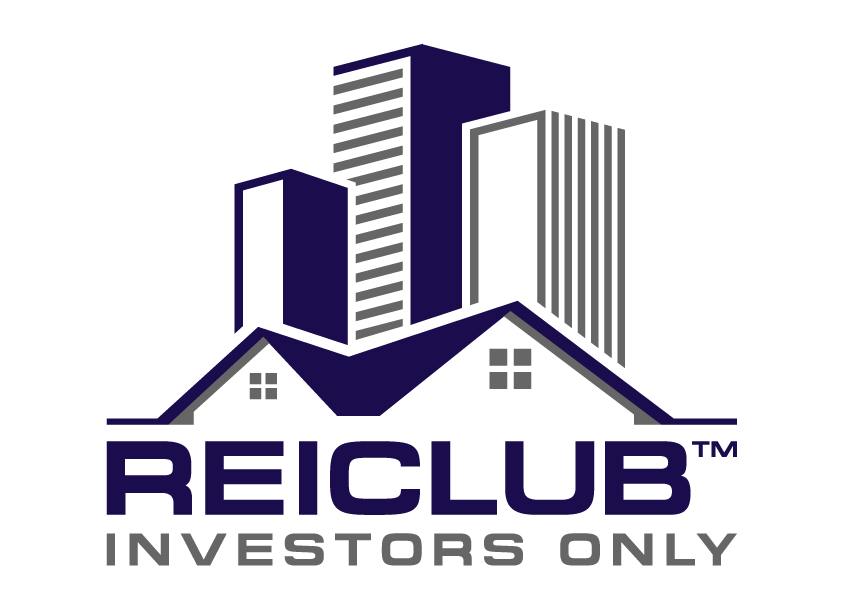One of the strategies that is in almost every real estate course involves finding a torn-up and ugly property at a cheap price, pay someone $300 to clean out the personal belongings of the prior owners (if you even do that much), and then resell it to a homeowner as a “fixer-upper” with little or no work. This type of deal seems to benefit everyone. You get a nice quick profit, and your buyer gets the house for a good price.
We love flips, and we've done many. However, you should be aware of a potential hurdle that you have to get over on this type of deal. With the information in this article, you can sell your ugly properties for more money, and to the correct buyer.
If you are selling the home to a homeowner, you generally will need the appraisal by their lender to say that the house is in “average” condition. This means that the home doesn't have to be cosmetically perfect, but it also can't be a total wreck. Nor can it have significant repairs that need to be made. Basically, it must be habitable, as a reasonable person would view habitable.
The “average appraisal” requirement almost sunk a deal for us when we decided to flip a foreclosure that we bought and sell it “as is.” It needed $25,000 in work. With that work, it could be sold for $160,000. We paid in the 80's for the home, and priced the house for $120,000 “as is,” receiving a contract the same day. The house was not perfect by any stretch of the imagination. Problems with the house included broken windows, rotten exterior wood, no light fixtures (all removed). Some interior doors were torn off their hinges, significant holes in interior walls, and there was no carpet (only plywood floors) in the den.
We typically would market a home like this to another investor, but decided to try to retail it (selling to an owner occupant). The house was in a really sought-after neighborhood, and we knew we could get top price for the property from someone who was looking for a fixer-upper to live in.
The loan process was smooth, and the buyer qualified with no problem. The only condition left for getting the loan was a satisfactory appraisal, which meant that the house had to be in “average condition” according to the lender.
The appraiser came out to the house and almost killed the deal. The appraiser graded the property as being in “poor condition.” His report stated that all broken glass had to be fixed, that the plywood floor had to be covered with vinyl or carpet, that the exterior rotten wood had to be repaired and replaced, and the holes in the wall needed to be patched and painted to match the surrounding walls. He also took issue with the dishwasher, which had been kicked in, and the central air conditioning, which did not work. His opinion, and thus that of the lender, was that all of these items had to be fixed before the loan could be made. I thought this might have been a problem with this particular lender, that their requirements were more rigorous than most. I called my personal mortgage broker and he confirmed that residential lenders required average condition as a rule regardless of whether or not the house appraised for the loan value in its current condition.
Of course, I did not want to have to make all of these repairs, and sell if for only $120,000. If I was going to do all of that, I might as well rehab the house and get the higher money that it would bring fixed up. The buyer whined and complained, and stated that he couldn't see fixing these items at his expense prior to closing. He didn't want to invest his time and effort in case the house couldn't close for some reason, which was reasonable.
To make a long story short, I decided that the other appraiser was too picky, and persuaded the lender to call a different appraiser. Basically we reached the same result, but the a/c and dishwasher did not have to be fixed. We did have to fix the windows, cover the plywood floors, and perform some of the other repairs. I offered to fix the windows, and do half of the repairs if the buyer would install the carpet and handle some of the repairs. He agreed to do so, and we closed.
You can make these deals work out, but do whatever needs to be done to get the average appraisal before putting it on the market to flip. I know that I could have gotten more money for the property if I had done these repairs before selling. If I had known this information at the time, it would have put an extra $10,000 in my pocket. It was a good deal for me at the price it sold for, but doing the repairs would have made the process go quicker, and probably persuaded some more timid “fixer uppers” to bite at a higher price.
Sometimes It's Better To Sell To an Investor, or Educate Your Buyer on the Right Type of Financing
When we have flip properties that really need a significant investment to get into acceptable condition for a lender's appraiser, these generally need to go to investors. If you're going to take the time to fix a long list of items, you might as well finish the job and sell it as a rehabbed property. Investor loans usually do not require the house to be in “move-in” condition. The downside of this is that most investors will not pay as much for the house as an owner-occupant might, but if you really don't want to do much work to the property, this is the way to go.
The total wreck property can be sold to an owner occupant “as is” if that owner occupant gets a property rehab loan. Under such a loan, the property would be appraised for the value that it would have fixed up, and the loan would be based on that value with the repair money left in an escrow account to be disbursed as the repairs are made. In real life, the example would work as follows: the buyer finds a property for $70,000. Fixed up, it would be worth $100,000. There are $30,000 worth of repairs that need to be done. The loan would be made for up to 95% of the improved value, or $95,000. The loan would thus be made to buy the property for $70,000, with $25,000 left in escrow to be disbursed by the lender after their appraiser verifies that work has been done on the house. As you are probably starting to guess, these loans are not obtained by many homeowners. These loans are complicated to apply for, and to underwrite. Most homeowners don't really know about them, much less how to get them. If you are trying to flip a property like this, getting some information from your mortgage broker on this type of loan to give to prospects is a must if the house is torn up.
Conclusion
The quick flip is one of the most fun transactions in real estate. You can make almost as much on some of these then if you rehabbed and resold the property. Generally, a fast nickel is better than a slow dime. If the property needs repairs, you may want to do a few of them before putting it on the market so that you can get an average appraisal. In speaking to different appraisers, these requirements are: absolutely no broken out or boarded out windows, coverings of some kind on plywood floors, and light fixtures in all rooms, or blank plates over where light fixtures are wired. Exterior rot must also be repaired if particularly bad, as on our home. If the property is totally destroyed, you might do better to sell to an investor, rehab it yourself, or educate your owner-occupant on how to get a rehab loan so that the condition of the property doesn't kill your deal.




We love your feedback and welcome your comments.
Please post below: